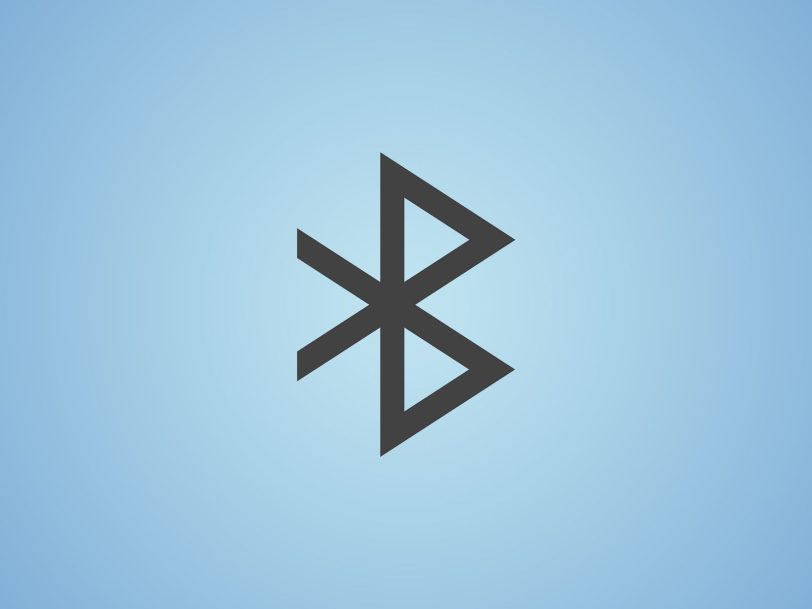Difference between Bluetooth 5.1 and 5.2

Bluetooth 5.2 and Bluetooth 5.1 versions are updated versions of the Bluetooth 5.0 standard that come with different features. One thing we have to keep in mind is that previous features are inherited with each update of the standard.
What is Bluetooth?
Bluetooth is a network communication protocol for wirelessly connecting devices. Bluetooth technology provides point-to-point voice and data transfer between two different devices, offline or online. Its main purpose is to eliminate the need for cables for data transmission.
Bluetooth technology is characterized as an efficient solution that requires few resources and is extremely low in consumption. Although it has its advantages, it also has disadvantages, and above all, connectivity and speed. This technology has a significant limitation in working distance, especially if there are obstacles. In addition, the transfer rates are much lower than other communication protocols.
Over time, this protocol has been improved to offer greater range, better speeds, and additional features. These additional functions can be seen in Bluetooth 5.1, which enables devices to locate with great precision. Bluetooth 5.2, the newest version of the protocol, allows synchronized audio playback on multiple devices at the same time.
Main features of Bluetooth 5.1
It is an enhancement of the Bluetooth 5.0 standard that comes with functions that might be interesting. The Bluetooth version 5.1 is characterized by allowing the location of devices without the need to use other geolocation protocols such as GPS.
This device location operation is accurate enough to be measured in centimeters. For correct operation, the receiver must have several antennas. Determination of the origin of the signal is done by means of the “Angle of Arrival” (the angle of arrival of the signal; AoA) and the “Angle of Departure” (the angle of departure; AoD).
Applying this device location solution to home user may not be very helpful. There are scenarios where this technology could be of interest, such as airports or train stations. We had access to data such as train and flight times, delays or how to reach the boarding area.
This feature also reduces energy consumption. What it does specifically is add an attribute that allows caching of information about the connected device. When we are no longer close to the device and disconnected, it will instantly reconnect without saying anything if no changes have been made.
The ad feature has also been improved. This allows devices to be easily seen and connected seamlessly. Not only does it improve connectivity, stability is also improved.
Main features of Bluetooth 5.2
Audio streaming and multi-connection features have been added for this version of the Bluetooth standard. Bluetooth version 5.2 provides improvements in the quality of transmitted sound and the ability to connect two or more receivers in sync.
The first notable element concerns audio transfer between devices. Sound quality has been improved and efficient compression has been added to always seek the best sound quality.
Another interesting aspect is that the receiver can ask the sender to make an adjustment in the intensity of the emitted signal. This simply means that the receiver can tell the sender that the signal is too strong and will work just as well with less signal strength. This provides extra energy efficiency because by reducing the signal strength, consumption is reduced. An example would be if the transmitter and receiver are several centimeters apart, in which case the signal strength can be reduced without affecting reception.
The possibility of synchronously connecting the transmitter to two or more receivers is also added. They integrate elements that allow a transmitter to send sound to several receivers that reproduce it and always do so in sync. We may have several speakers that are seamlessly connected to our smartphone.
Comparison chart between Bluetooth 5.2 and Bluetooth 5.1
- Feature
- Bluetooth 5.2
- Bluetooth 5.1
- ISM frequency range
- 2.4GHz
- 2.4GHz
- Operating range
- Up to 200 meters
- Up to 200 meters
- Transfer rate
- Up to 50Mbps
- Up to 50Mbps
- Backward compatibility
- Yes, limited
- Yes
- Consumption
- BLE++
- BLE+
- Audio compression
- Highly optimized
- Simple
- Audio playback
- More than 2 devices
- Up to 2 devices
- Audio sync between devices
- Yes
- No
- Device location
- Yes
- Yes
- Quick connect
- Yes
- Yes
- Random channel selection
- Yes
- Yes
- Signal encryption
- Yes
- –
Bluetooth Low Energy (BLE): BLE, which stands for Bluetooth Low Energy, has been around for a long time, but with each of these updates, performance has been improved and therefore consumption has been reduced thanks to this technology.
Bluetooth 5.1 and Bluetooth 5.2 versions are identical in frequency range, signal range and data transfer rate. This is because they are only improvements over the Bluetooth 5.0 standard.
Both differ according to the purposes for which they were developed. Bluetooth 5.1 solution is mainly focused on IoT devices. Object positioning and device-performed advertisements are designed to link to nearby items and retrieve relevant information. Energy efficiency is one of the interesting points that has been slightly improved in this version.
Bluetooth 5.2 focuses on transmitting audio to multiple devices and synchronizing signals between them. Data compression and signal strength tuning provide increased energy efficiency.
First of all, we can say that the one that attracts the most attention is the Bluetooth 5.2 standard. A very interesting and worthy solution for modern smartphones without an audio jack connector. Bluetooth 5.1 technology is more limited in terms of usage.